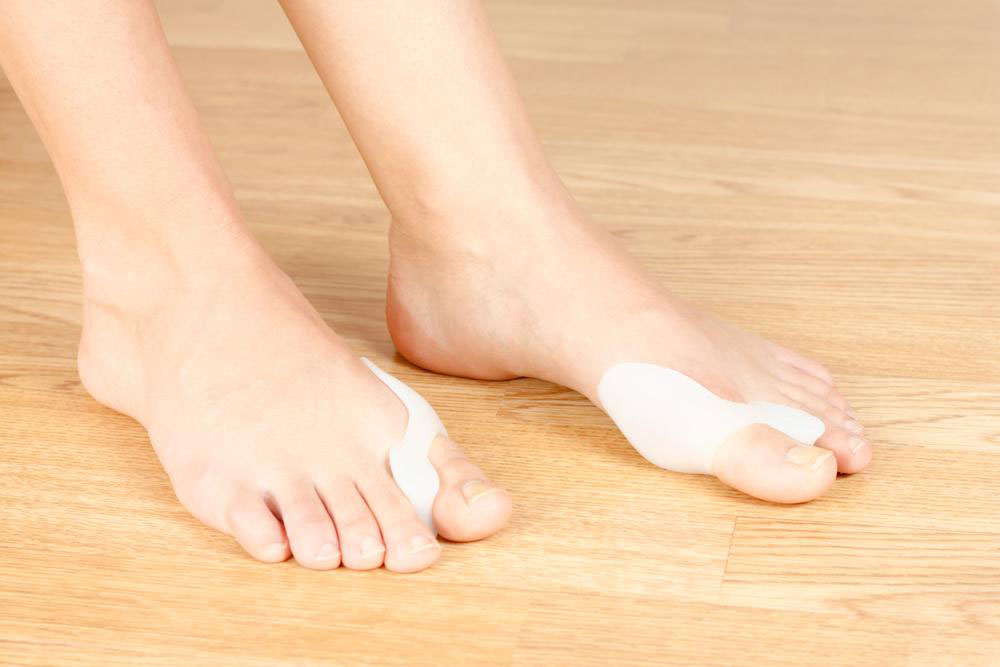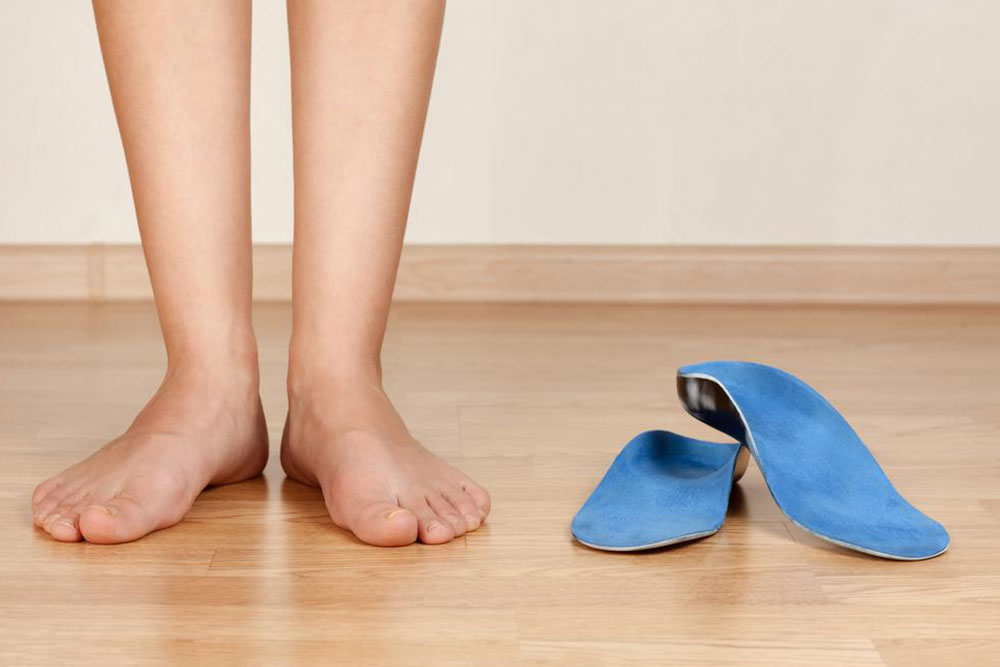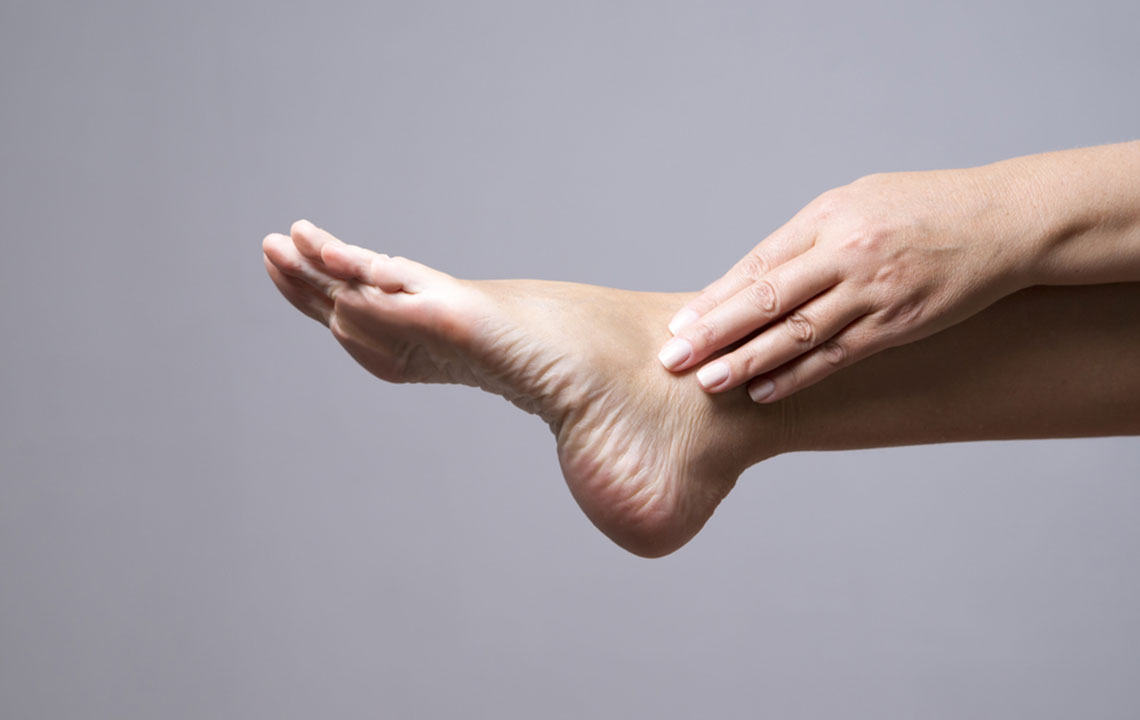Key Factors to Effectively Address Foot Discomfort
This article highlights four key factors essential for effectively managing foot discomfort, including proper diagnosis, treatment options, and preventive strategies. It emphasizes timely medical consultation for severe or persistent pain and discusses various therapies and lifestyle tips to maintain healthy feet. By understanding these important aspects, individuals can better address foot issues and avoid complications, ensuring overall foot health and comfort.

Essential Elements for Managing Foot Discomfort
Our feet play a vital role in supporting our body and enabling movement. They withstand significant pressure daily, making foot issues common. Composed of muscles, ligaments, and tendons, feet are vulnerable to injuries that can cause discomfort ranging from mild pain to severe issues. Foot pain can occur in various parts including arches, heels, soles, and toes. Causes include lifestyle habits or underlying health conditions. Proper diagnosis and treatment are crucial to prevent conditions from worsening and to restore comfort.
Foot pain severity varies, and its duration can be short-term or persistent. Factors like ill-fitting shoes or excessive pressure can cause discomfort, while underlying issues such as fractures, nerve damage, or vascular problems may also be responsible. Recognizing symptoms early and seeking appropriate care are essential for effective treatment.
When Should You Seek Medical Attention?
If pain disrupts daily activities or limits movement.
If there's noticeable deformity, swelling, skin color change, numbness, or tenderness.
If pain persists despite home remedies.
Early diagnosis prevents complications and worsening conditions.
Diagnosing Foot Pain
Physical examination, including observation at rest and during movement.
Assessment of the foot arch for abnormalities.
Nerve tests to detect nerve damage.
Blood tests to identify infections or systemic illnesses like arthritis or diabetes.
Imaging scans such as X-rays or MRI to evaluate bones and soft tissues.
Treatment Options for Foot Discomfort
Therapies like ultrasound, LED light, or manual techniques to improve blood flow and reduce swelling.
Strengthening exercises to enhance muscle stability and correct deformities.
Supportive footwear, insoles, or orthotics to absorb shock and provide stability.
Medications to reduce inflammation and pain.
Surgical intervention may be necessary for severe cases.
Preventive Measures
Maintain a healthy weight through regular exercise and diet.
Perform foot-strengthening exercises and wear appropriate sports gear.
Get regular check-ups to identify potential issues early.
Wear well-fitting shoes to prevent common foot problems like blisters or stress fractures.
By adopting these practices, you can reduce the risk of foot pain and maintain better foot health.










